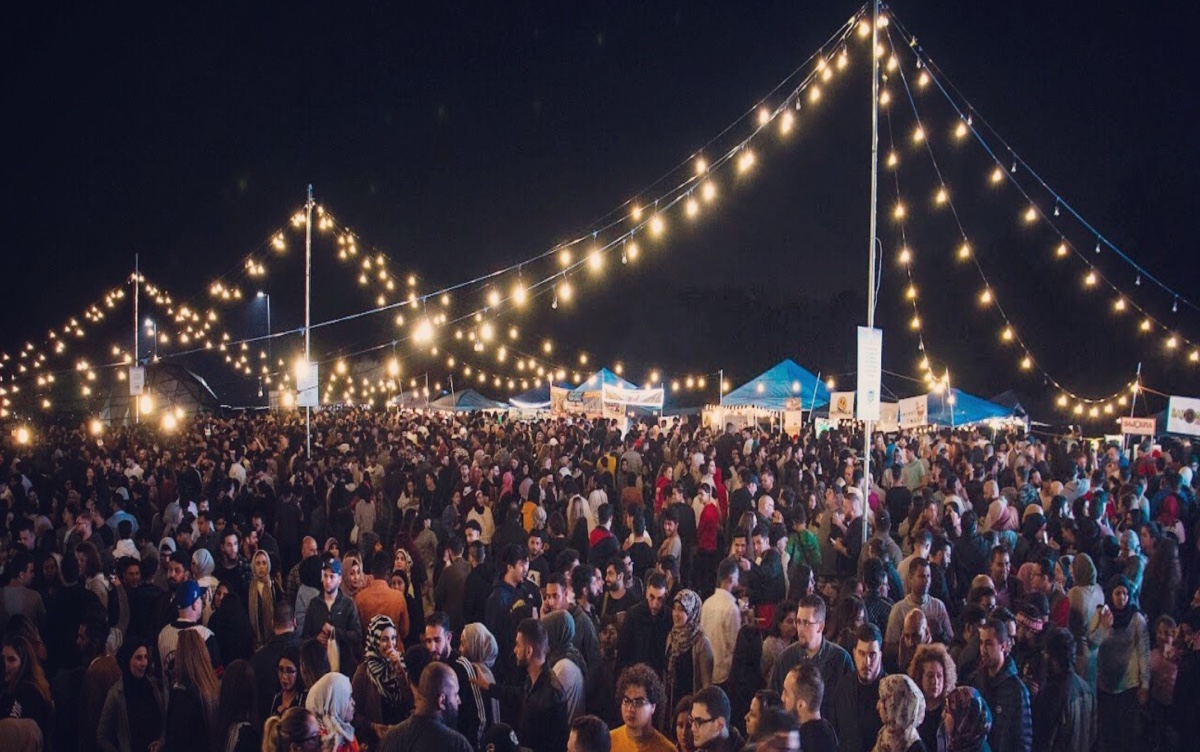Rebels Seizing Initiative in Long War for Syria
By Erika Solomon and Dominic Evans
BEIRUT (Reuters) – Rebel strikes against military bases across Syria have exposed President Bashar al-Assad’s weakening grip in the north and east of the country and left his power base in Damascus vulnerable to the increasingly potent opposition forces.
Rebel fighters, who have taken at least five army and air installations in the last 10 days, are still waging an asymmetrical war against a powerful army backed by devastating air power, and predict months of conflict still lie ahead.
Their tactics are gradually choking off Assad’s forces in the northern provinces of Aleppo and Idlib, as well as the eastern oil region of Deir al-Zor, while in Damascus “there is a sense that the flames are licking at the doorâ€, a diplomat in the capital said.
The steady capture of military installations and arsenals is sapping the morale of Assad’s forces and also ensuring a modest supply of new weapons to relatively ill-equipped rebels whose calls for a no-fly zone — which proved crucial in the Libyan uprising — have been ignored.
Although they have yet to seize control of a single city, or translate their dominance in swathes of rural Syria into “liberated†territory free of air and artillery strikes, rebels say that their increasing prowess on the battlefield and growing armories have finally allowed them to take the initiative.
“The difference is that we’ve gone from being on the defensive to thinking and acting on the offensive. We actually have the ability to work offensively now, since we have seized enough weapons,†said a fighter with Islamist battalions in Damascus province, who used the nom de guerre of Abu al-Yaman.
As Syria’s 20-month uprising to overthrow Assad has dragged on, killing 40,000 people, rebel strategy has evolved from quick opportunistic attacks to slow but carefully planned campaigns of siege and attrition.
Exploiting the military expertise of military officers who have defected from Assad’s army, rebels have achieved significant successes by focusing on strategic roads and supply routes as well as military bases.
Gun Ships
The slow progress of the fighting can conceal rebel gains, especially when fighters are forced to retreat in the face of withering retaliation from Assad’s MiG warplanes and helicopter gun ships.
Fighting in the cities, however, is still a challenge.
“We have rebel sieges and army defections, and then military air raids. Then sieges and defections and raids again, in a loop,†said a wearied commander from Ahrar al-Sham brigade in Aleppo, where rebels have been battling Assad’s forces since late July and control about half of Syria’s biggest city.
“The countryside is somewhere where we can advance more, but inside the cities I still see the battle as long and difficult. I think we need several more months.â€
Another fighter, from the largely rebel-held province of Idlib on the Turkish border, said the battle to “liberate the northern frontier†was going well, while progress further south near the Jordanian border was more of a challenge.
“We still have a lot of work to do. We’re not about to take the country but yes, I see a lot of progress in the last month.â€
Unlike the toppled leaders of North Africa who were dropped by their friends when trouble started, Assad still draws strength from Russia and China and from Iran, which is believed to be supporting him with arms and cash.
Divided by personal and ideological rivalries as well as geographical and military obstacles, the mainly Sunni Muslim rebels have also struggled to show common cause since they took up arms against Assad, who is from an Alawite minority linked to Shi’ite Islam.
An opposition coalition was formed earlier this month, aiming to bridge the rifts and bring the rebels under a unified structure – a first step towards overcoming Western reluctance to arm a rebel movement which includes radical Islamists.
Ali al-Ali, a fighter in the Ahrar al-Jabal al-Wustany brigade, said the rebels were slowly overcoming their splits.
“Our attacks are getting more coordinated locally,†he told Reuters by Skype from Idlib province. “On the ground we have the advantage, (Assad’s) power has deteriorated on the ground.â€
Rebel Gains
The cumulative effect of the rebel gains has left Assad’s power concentrated in the south around Damascus and in the Mediterranean provinces of Tartous and Latakia – the heartlands of Syria’s Alawites.
The capital and the coastal regions are linked by the city of Homs, which bore the brunt of fighting earlier this year as Assad’s forces bombarded rebel neighborhoods to keep their grip on Syria’s third-biggest city. Homs itself has now been divided between rebels and Assad’s forces.
“In the north and the east (of Syria) the tide has turned against the regime,†said Andrew Tabler, a Syria expert at the Washington Institute for Near East Policy. “Where the game is much closer is along the coast, around Homs and Damascus.â€
The two main rebel gains of the last fortnight were the huge 46th Division army base, which sprawls over several square miles west of Aleppo, and the Mayadeen base in Deir al-Zor, which left rebels controlling 120 km (75 miles) of the Euphrates river north of the Iraqi border.
Around the capital itself, rebels have captured an air defense installation in the south of Damascus and a helicopter base situated among the eastern farmlands and towns which have been an opposition stronghold for months.
To the south-west the army has been bombarding rebels in the suburb of Daraya, determined to prevent them from holding another gateway into the capital.
The Damascus-based diplomat said Assad still had 70,000 to 80,000 soldiers stationed around the city and its outskirts. There are no clear figures for the size of the rebel brigades but they say they number tens of thousands nationwide.
In his rare televised appearances, the 47-year-old president does not look like a leader under siege. He appeared calm and relaxed in his latest meeting on Friday with the parliamentary speaker of his strongest regional ally, Iran.
Syria experts say Tehran has sent Revolutionary Guards and weapons to help Assad’s military campaign and financial support to help prop up an economy reeling from a collapse in revenues and tens of billions of dollars of war damage.
They also say Lebanon’s Shi’ite Muslim Hezbollah has dispatched militants to fight alongside Assad’s forces – a charge Hezbollah has denied even though it has held several funerals for fighters killed performing “jihadi dutiesâ€.
Train Crash
“People I have spoken to who are in touch with very senior Syrian officials report a sense of calm among generals and senior officials,†the envoy in Damascus said. “I can’t understand that, unless they are simply putting on a brave faceâ€.
“Every ordinary Syrian I speak to is worried. They see the train crash coming.â€
How soon the train crash comes is a matter of conjecture among military and political analysts who follow Syria.
The rebels themselves say their real test will come when fighters move on the capital for that final reckoning, an operation they are already planning. Some observers say the opposition may already have sleeper cells in Damascus while it tries to prepare a launch pad for attacks from outside the city.
There is no sign that rebels have the sophisticated equipment, weaponry and intelligence which would enable sleeper cells to overpower Assad’s die-hard battalions, and which proved a game changer in Libya when the support of Western special forces helped topple Gaddafi after months of apparent stalemate.
But the rebels have struck deep in the capital – killing four close Assad aides in a devastating July 18 bombing.
One analyst, who asked not to be named because he remains in contact with Syrian officials, said the Syria conflict had undergone a “dramatic change in dynamics†in the last few weeks.
“If you look at the map, it hasn’t changed so much. But the psychological situation is different.â€
“This is a regime engaged in a fighting retreat … The more the opposition wins over regime bases, the more they acquire weapons. I think it’s self-sustaining,†he said, predicting a showdown within weeks.
“All this could be brought to a close, or it could lead to a multiplication of conflicts,†he said voicing a widespread fear that Assad’s overthrow, if it were to happen, might only be the close of the first chapter in a far longer sectarian war.
A regional security source said rebels were getting a steady flow of shoulder-held surface-to-air missiles from Saudi Arabia via Jordan.
But anxious to avoid a buildup of sophisticated weapons among militants, as happened in the 1980s in Afghanistan, the Gulf state was monitoring their use and limiting supplies.
“It’s not like the rebels are being flooded with weapons,†said Michael Stephens of the RUSI think-tank in Doha. “There is a gradual increase in weapons and capacity, and they are getting smarter.â€
(Writing by Dominic Evans; Editing by Samia Nakhoul and Giles Elgood)












2012
776 views
views
0
comments